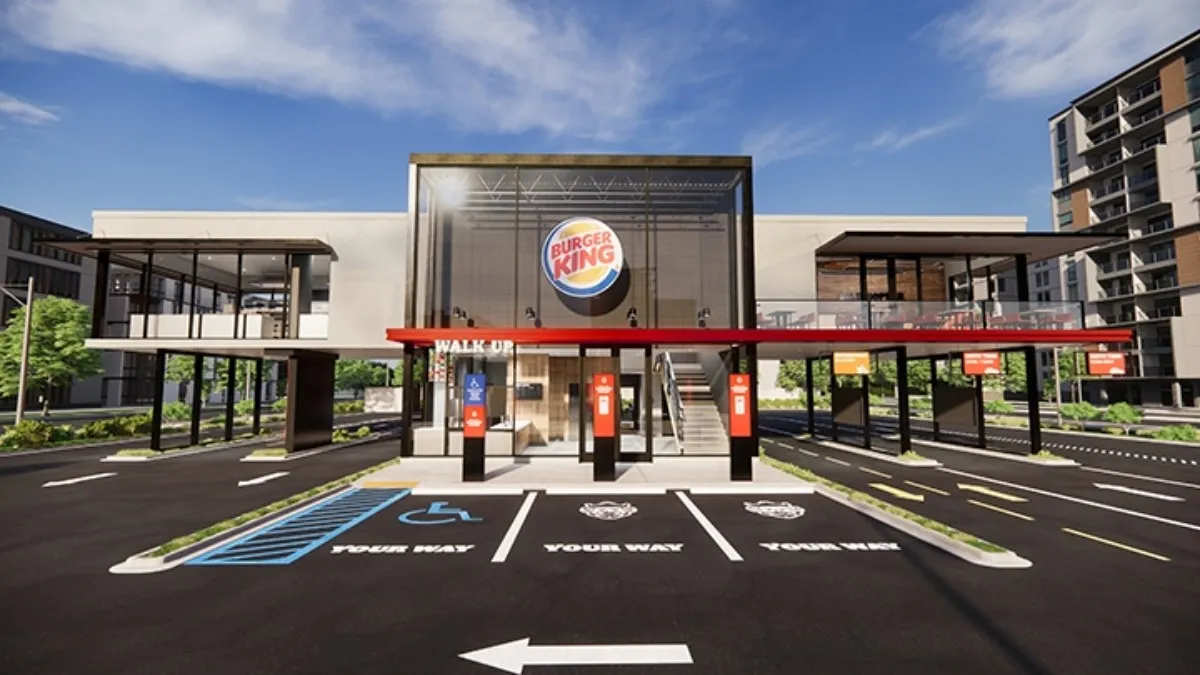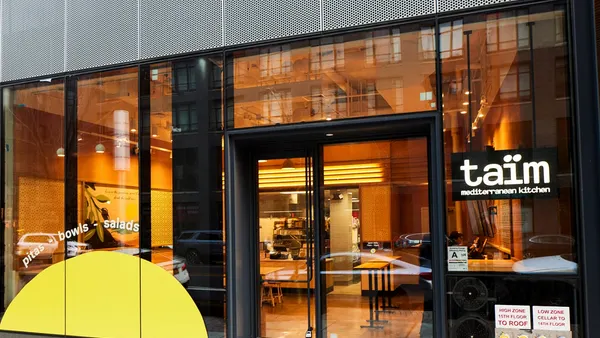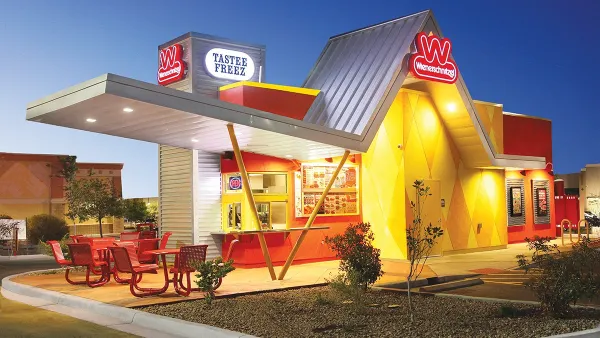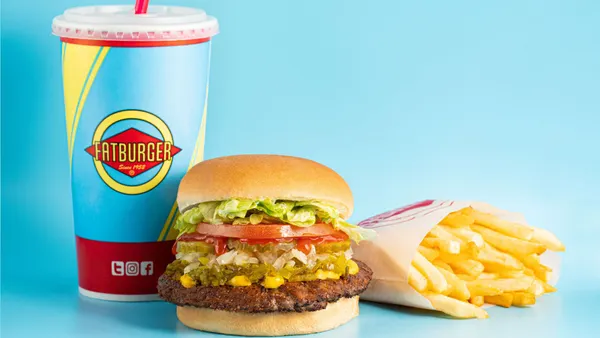Dive Brief:
- Burger King’s American unit count fell by 124 net restaurants between the Q1 2022 and the end of Q1 2023, according to the company’s earnings release for the quarter.
- On RBI’s earnings call, CEO Josh Kobza said that while the brand normally closes “a couple hundred” units each year, 2023 could see the chain reach 300 to 400 gross store closures in the U.S.
- Burger King’s same-store sales and franchisee profitability have improved somewhat, however, RBI executives said.
Dive Insight:
Most of the units that will close, Kobza said, are low-volume units, which means the closures will likely impact unit count more than overall sales. Burger King’s U.S. same-store sales were up 8.7% year over year, and systemwide sales for Burger King U.S. grew 8.1%. But the brand’s struggles with franchisee profitability have prompted Burger King to change its expansion rules.
Going forward, Kobza said, only franchisees in the company’s A and B tiers of profitability will be eligible to build or buy new stores. This change, Kobza said, accompanies a new emphasis on regional concentration. Though Burger King did not define the precise meaning of those tiers, Kobza did say that A operator 4-wall EBITDA was 65% higher than the system average in 2022, which was $140,000, meaning average A-tier restaurant level margins would hover somewhere around $230,000.
“Only A and B operators will be allowed to build or acquire existing restaurants with an emphasis on concentrating portfolios to be fewer than 50 units, contiguous geographically, and with local ownership,” Kobza said.
Kobza said the forecast closures are still uncertain.
“We currently expect gross closures in that 300 to 400 range for the full year,” Kobza said. “There is a fair degree of uncertainty regarding the exact numbers, and this will depend to some extent on the pace of recovery in the business.”
Two of the chain’s large, geographically disparate franchisees, Meridian Restaurants and Toms King, filed for bankruptcy earlier this year. Meridian operated more than 100 Burger Kings, ranging from stores along the U.S.-Mexico border in the South, to ones near the Canadian border in the North, and from Kansas and Minnesota in the East, to Utah and Arizona in the West. Toms King’s stores were also spread across a wide area, including markets in Virginia, Illinois, Ohio and Pennsylvania.
Kobza said the brand’s franchisees have mostly been willing to work with Burger King to improve sales and operations at struggling stores, and to implement the company’s Reclaim the Flame and Royal Reset programs.
“One of the most important factors is the willingness of our franchisees who have troubled restaurants to work with us and commit to implementing the changes necessary,” Kobza said. “If they can't, we have operators ready to step in and do what's required. I do expect a bit more short term noise as we transition some portfolios into the hands of top local operators.”
Though same-store sales are up, this metric was driven mostly by pricing and check size, as traffic dipped moderately. Still, ad spend later in the year could help make this up.
“While traffic was modestly negative this quarter, we did see improved year over year traffic trends from Q4 into Q1,” Kobza said. “For Q1, we spent approximately $7 million of our $150 million in advertising and digital investments.”














